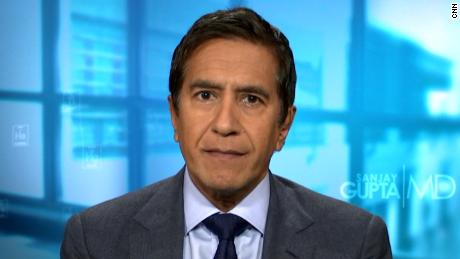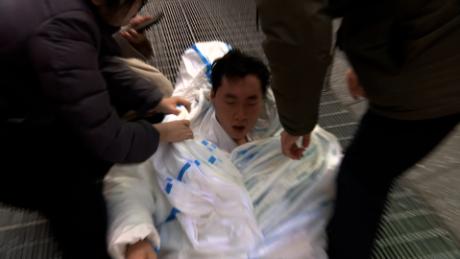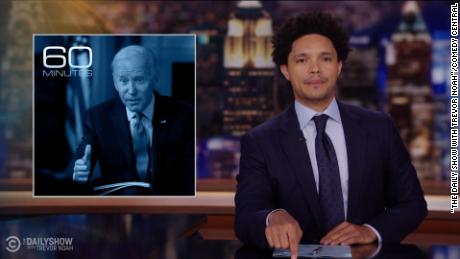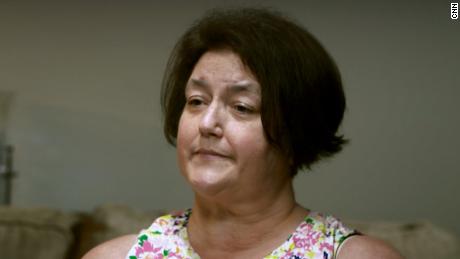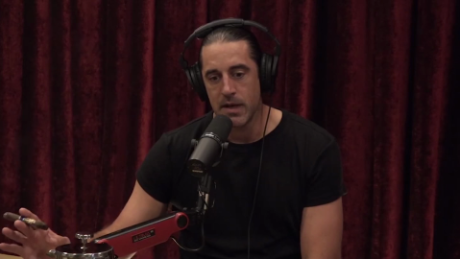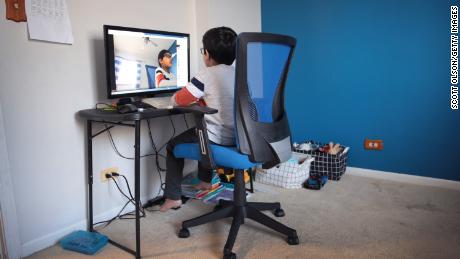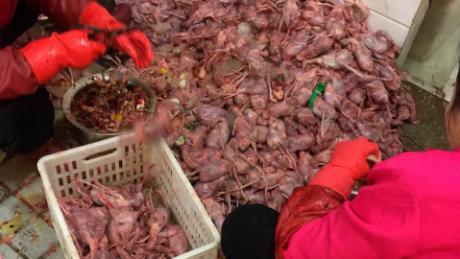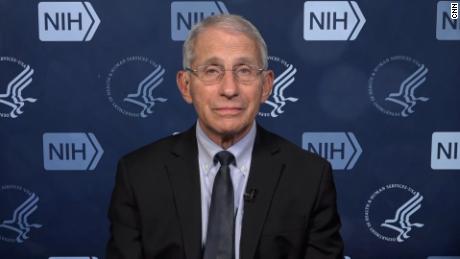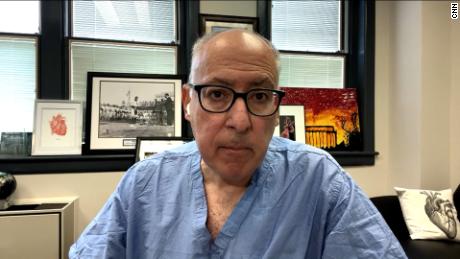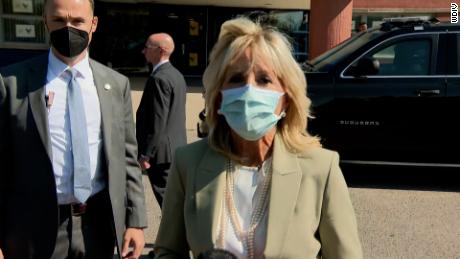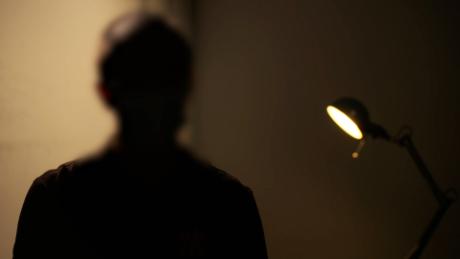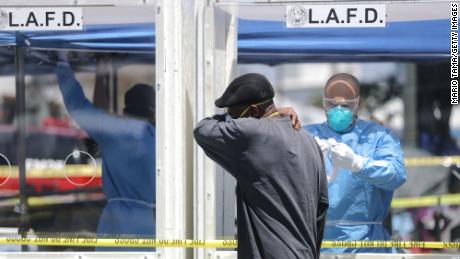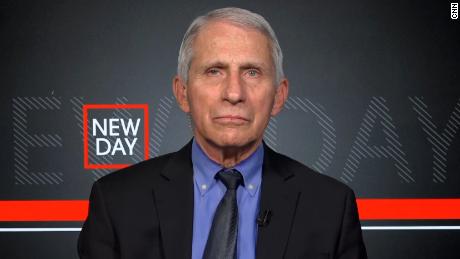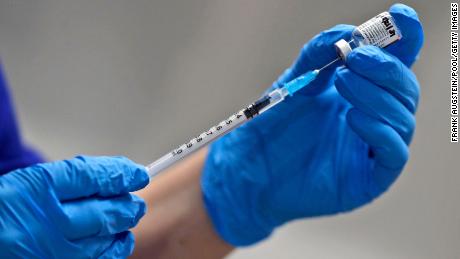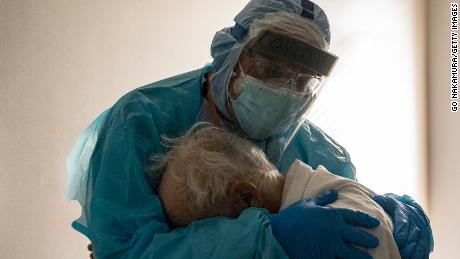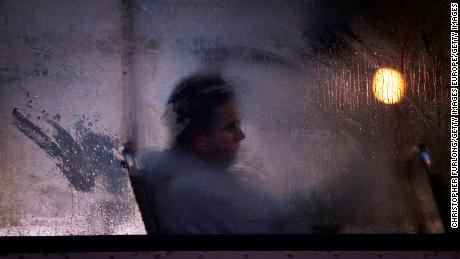(CNN)While hopes of vaccinating 20 million people by New Year's Day sputtered out, the US now faces staggering new challenges in the fight against Covid-19.
Over the past week, the US has averaged 2,637 coronavirus deaths every day, according to Johns Hopkins University.
That's an average of one Covid-19 death every 33 seconds.
December was the deadliest month yet of this pandemic, with 77,572 lives lost. And deaths are likely to accelerate as new infections and hospitalizations rise.
On Monday, more people were hospitalized with Covid-19 than any other day in this pandemic -- 128,210, according to the Covid Tracking Project.
The US averaged 213,437 new infections every day over the past week, largely fueled by holiday gatherings, health experts say.
But while daily new infections soared 16% over the past week, testing has actually decreased 11.65% over the past week, according to the Covid Tracking Project.
Doctors worry this rampant spread of Covid-19 will push more hospitals beyond capacity and lead to more deaths as the vaccine rollout staggers along.
The possibility of giving half-doses of a vaccine
About 15.4 million vaccine doses have been distributed in the US, but only 4.5 million people have received their first doses, the US Centers for Disease Control and Prevention said Monday.
That's far behind what officials had hoped for by now. And it means herd immunity is still many months away.
"We agree that there is a lag. We'll work with the states," said Moncef Slaoui, chief scientific adviser of the federal Operation Warp Speed vaccination effort.
To help expedite vaccinations, the US might start giving half-doses of Moderna's Covid-19 vaccine to people age 18 to 55, which could make the vaccine available to twice as many people in that age group, Slaoui said.
Slaoui said Sunday the US Food and Drug Administration would meet this week to consider the idea.
But the FDA commissioner and its vaccine division chief said in a joint statement that people need to get two full doses instead of two half doses.
"At this time, suggesting changes to the FDA-authorized dosing or schedules of these vaccines is premature and not rooted solidly in the available evidence," said FDA Commissioner Dr. Stephen Hahn and Dr. Peter Marks, who heads the agency's vaccine division. "Without appropriate data supporting such changes in vaccine administration, we run a significant risk of placing public health at risk, undermining the historic vaccination efforts to protect the population from Covid-19."
It's understandable that people may want to stretch the vaccine supply, they said. But it's not advisable.
"If people do not truly know how protective a vaccine is, there is the potential for harm because they may assume that they are fully protected when they are not, and accordingly, alter their behavior to take unnecessary risks," they said.
The two 100-microgram Moderna vaccine doses are intended to be spaced 28 days apart.
CNN has reached out to Moderna for comment.
Dr. Jonathan Reiner, a professor of medicine at George Washington University, said he does not agree with the idea of half doses.
"We have about 13 million doses that have been shipped out to the states, and only barely 4 million doses that have gone into arms. So the bottleneck is not the lack of availability of vaccine. The bottleneck is actually the logistics of vaccinating people in this country."
It's difficult enough to get some patients on board with getting a vaccine, he said. Going against the recommended dosing could hurt patients' confidence.
"When I see people in clinic, I talk about the vaccine every single day. I'm trying to reduce vaccine hesitancy," Reiner said Monday.
"And the strongest weapon I have is the data. I can tell people that these two vaccines have been studied in 70,000 people -- more than 70,000 people -- in this two-dose strategy. And when given that way, they're both 95% effective, and basically no one gets critically ill if you get this vaccine. ... Once you break from the data, I can no longer say that."
Study says holding back fewer doses could cut cases by 29%
Right now, the federal government is allocating about half of the vaccines being produced. The other half is held in reserve to be used as a second dose or as replacements in cases where doses are unusable.
But by reducing the amount withheld to 10% for the first three weeks and supplying a steady dose of 6 million doses per week, the US could avoid up to 29% more coronavirus cases over eight weeks, a study published in the Annals of Internal Medicine found.
"We find that under most plausible scenarios, a more balanced approach that withholds fewer doses during early distribution in order to vaccinate more people as soon as possible could substantially increase the benefits of vaccines, while enabling most recipients to receive second doses on schedule," write the study's authors, who were supported by the Canadian Institutes for Health Research and the Centers for Disease Control and Prevention.
The researchers modeled several scenarios, with variables including vaccine supply, protection provided by the first dose, and waning efficacy of a first dose if a second dose is delayed.
An emergency department employee dies of Covid-19
In California, health care workers are treating an unprecedented number of Covid-19 patients. Sometimes, those patients are colleagues.
At Kaiser Permanente San Jose Medical Center, 44 emergency department employees tested positive for Covid-19 between December 27 and January 1, said Irene Chavez, senior vice president and area manager.
On Monday, the hospital said one employee who was working on Christmas has died of Covid-19.
"Our thoughts and prayers are with those affected by this terrible loss," the hospital said in a statement. "We are providing support to our employees during this difficult time," according to a statement from the hospital.
Over the weekend, Chavez said the medical center is investigating whether an inflatable, air-powered costume may have played a role in the spread.
"A staff member did appear briefly in the emergency department on December 25th wearing an air-powered costume," she said.
"Any exposure, if it occurred, would have been completely innocent, and quite accidental, as the individual had no Covid symptoms and only sought to lift the spirits of those around them during what is a very stressful time."
Chavez said air-powered costumes will no longer be allowed at the facility.
"If anything, this should serve as a very real reminder that the virus is widespread, and often without symptoms, and we must all be vigilant," she said.
'A rough start to 2021'
On Sunday, five states reported their highest number of new infections ever in one day -- Arizona, New Hampshire, Oklahoma, South Carolina and Washington.
And over the past week, at least five states have average test positivity rates higher than 40% -- meaning more than 40% of people who take a Covid-19 test get a positive result.
Those states include Idaho (57%), Alabama (46.7%), Iowa (44.6%), Pennsylvania: (44%) and South Dakota (43.8%). For perspective, the WHO has recommended governments not reopen until the test positivity rates stays at or below 5% for 14 days.
In South Carolina, which had a 29.6% test positivity rate Sunday, officials in four counties said their hospitals were at 100% capacity, according to the South Carolina Department of Health and Environmental Control.
"We're in for a bit of a rough start to 2021," said Maria Van Kerkhove, the World Health Organization's technical lead for Covid-19 response.
But it's possible daily life in the US could be closer to normal by the summer or fall, she said. Other countries are already well on their way -- thanks to quarantining, testing, isolation and contact tracing.
"We've seen countries bring this virus to its knees, without vaccination," Van Kerkhove said. "We have the tools at hand right now to actually bring this virus under control."


